We’re thrilled to have added Malta to our list of countries where you can book an airport transfer through Jayride.com. But if you don’t know much about this archipelago located between Sicily and North Africa, don’t worry; we’re here to tell you why you need to add Malta to your travel list pronto.
The archipelago of Malta has one main commercial airport: Malta International Airport (MLA) is located between the villages of Luqa and Gudja on the main island of Malta, about 10 kilometres from the capital city of Valletta.
Whether you’re staying in the popular villages of Buġibba, Qawra and St Paul’s Bay, the capital of Valletta, or perhaps the popular resort area of Sliema, it’s easy to get to your destination with an airport transfer on Jayride.com.
Malta is a very accessible destination, with flights from the UK taking around three hours, and even shorter from other European destinations, meaning it is becoming an increasingly popular holiday destination, and for you good reason, too. Here’s our pick of the top reasons to put Malta on your travel list.
It’s like an open-air museum
Malta’s history is intensely rich, and is a major reason why many travellers visit the archipelago. Thanks to their geographical location and strategic military position in the Mediterranean, the Maltese islands have a colourful past and were regularly fought over by different countries and leaders.
Each stage in the country’s history has left a mark in Malta’s personality, making it the fascinating place it is today. A prehistoric and Neolithic period of settlers was followed by the Phoenicians, the Carthaginians, the Romans and the Byzantines, as well as different religions (St Paul brought Christianity to Malta, while Islam was introduced during the Arab–Byzantine wars) and different rulers (Malta was considered an extension of Sicily until 1530, while in 1798 Napoleon Bonaparte took over Malta in the name of France, followed by the British becoming sovereign of the Islands after helping to expel the French).
All of this history has left lasting imprints in Malta, whether in the architecture, the language, the names of the towns and cities, the food, or in the culture. The legacy of the more than 250-year rule of the Knights of St John is probably the most widely recognised, thanks to the eight-pointed Maltese Cross. Visitors will see the symbol everywhere as it is used throughout Maltese culture, whether by the national airline, Air Malta, in sculptures and artwork, emblazoned on uniforms, or on the Maltese Euro coins.
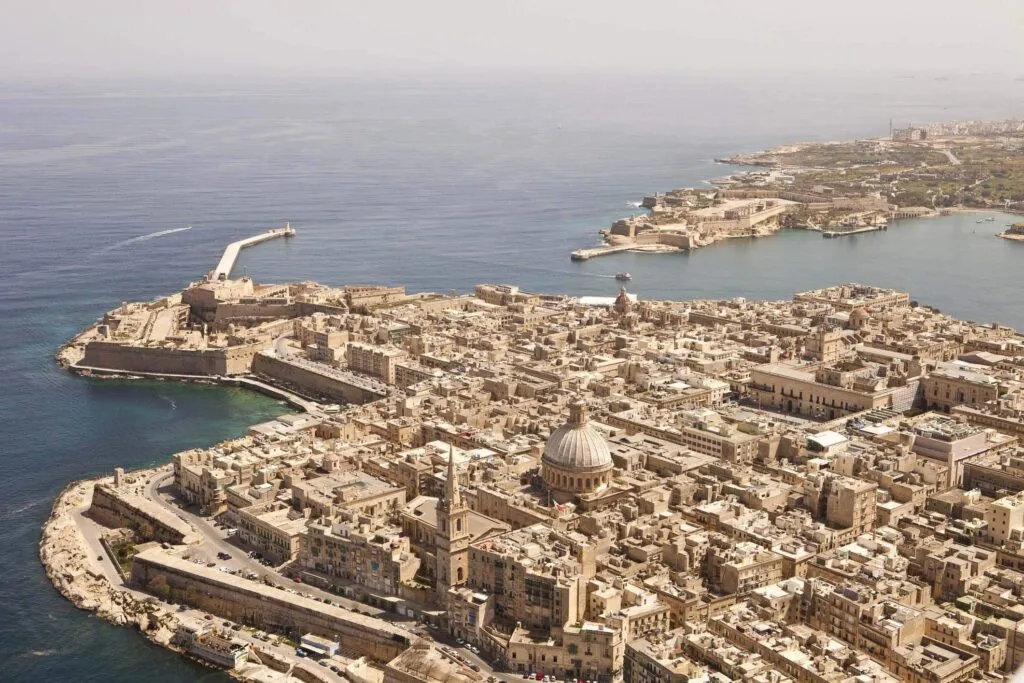
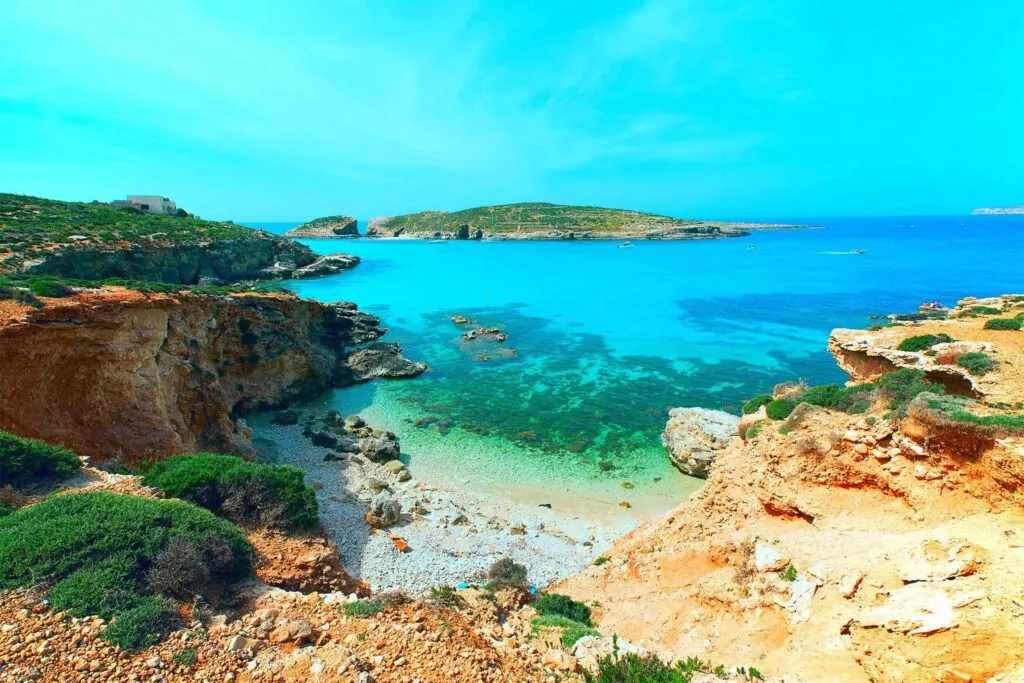
It’s a cultural melting pot
The islands’ colourful history is reflected in its range of architecture, including prehistoric temples, Roman ruins and baroque churches, as well as its language and food. Maltese is the official language, but English is widely spoken as the second language, while names of towns such as Marsa, Mdina, Mġarr, Għajnsielem and Rabat hark back to the Arabic influence. Maltese food has elements of Italian (thanks to the islands’ location so close to Sicily) and Middle Eastern influences, and there’s a heavy emphasis on local produce with traditional dishes such as Lampuki Pie (fish pie), rabbit stew, and Kapunata, a type of ratatouille.
The temperate weather
Reliable and pleasant weather year-round is one of the biggest draws for overseas visitors. Summer offers warm temperatures and sunny skies perfect for the beach, while Maltese winters are mild and relatively sunny; ideal for those wanting to escape the cold, dark northern hemisphere winters.
There’s a great nightlife
It might come as a surprise for a place so small, but Malta has a really vibrant nightlife scene, which is great fun to experience after a day of exploring. Whether you’d like a relaxing glass of wine in a rooftop bar, a decadent cocktail in a fancy lounge, a pint in a pub, or want to dance to some of the biggest names in the international club scene at an open-air club, Malta’s got it.
Top sights and towns you won’t want to miss:
Valletta
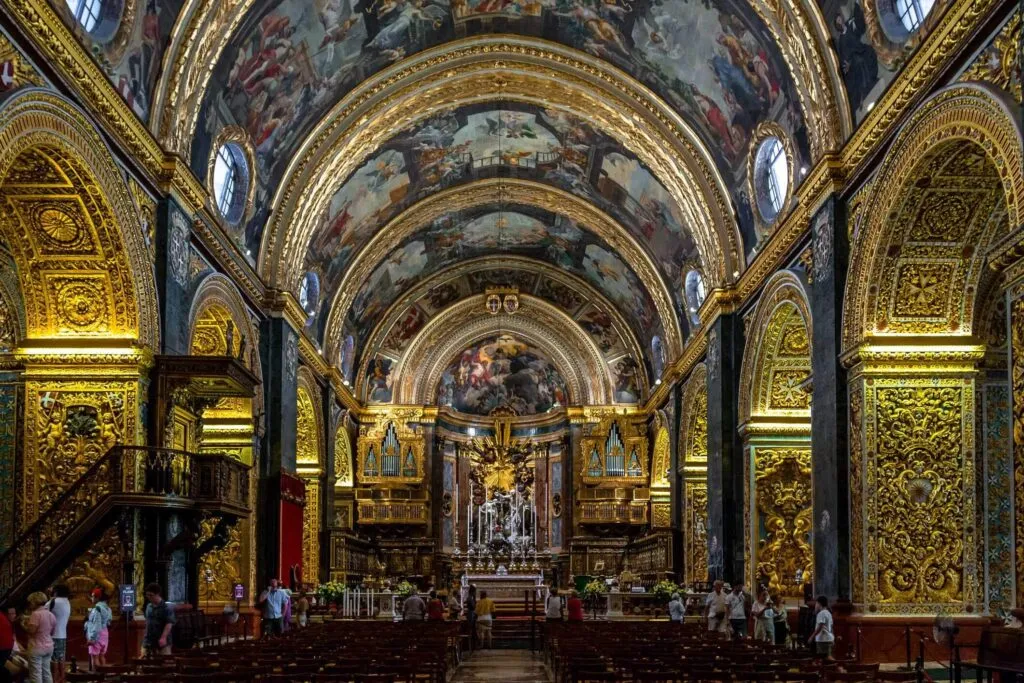
Malta’s capital city of Valletta is a must-see on a trip to the islands. This tiny city packs a huge punch; although one of the smallest capital cities in Europe, the entire city is a designated UNESCO World Heritage Site, and was also named European Capital of Culture in 2018. Built by the Knights of St John in the 16th century as a ‘city built by gentlemen for gentlemen’, Valetta is golden-hued with its buildings predominantly made out of sandstone, and is laid out in an easy grid system. Church domes and spires dot the skyline, while townhouses with colourful wooden balconies line the narrow streets. If you look up while you’re walking around, you’ll be sure to find locals gossiping to each other or watching the hustle and bustle of city-life from above; it’s a Maltese tradition. Be sure to visit St John’s Co-Cathedral, famed for its architecture and Baroque art, including one of Caravaggio’s most famous paintings; The Beheading of St John the Baptist. Completed in 1577, the marble floor of the cathedral is covered with tombstones where more than 400 Knights are buried. The interior of the cathedral is a surprise to most visitors after the stark exterior.
Blue Lagoon
The Blue Lagoon, located between the west coast of the tiny island of Comino and a small rock island of Cominotto, is one of the most popular sights on a trip to Malta. Taking its name from the gin-clear azure waters and white sand of the bay, it’s a top choice for swimmers, sunbathers and snorkellers. This is a slice of paradise not to miss, but with idyllic scenery comes crowds; if you are there during the peak summer months, it’s best to get there first thing in the morning.
Mdina
Once the capital of Malta, and often called the Silent City due to noise restrictions and limitations on cars, Mdina is an ancient walled hilltop city with a 4,000-year history. Entering the city is like stepping back in time, and with only a few hundred residents and steeped in history and tradition, it’s a popular place to visit on a day trip.
Blue Grotto
Located on the south of the main island of Malta is another destination famed for its clear waters. The Blue Grotto is actually a complex of seven caves, and is instantly recognisable by the impressive 30-metre high arch outside the caves. The caves are popular with snorkellers and divers, and draw thousands of visitors thanks to the colour of the waters; when the sun is shining, the blue sky reflects off the white sand seabed, creating incredibly azure waters.
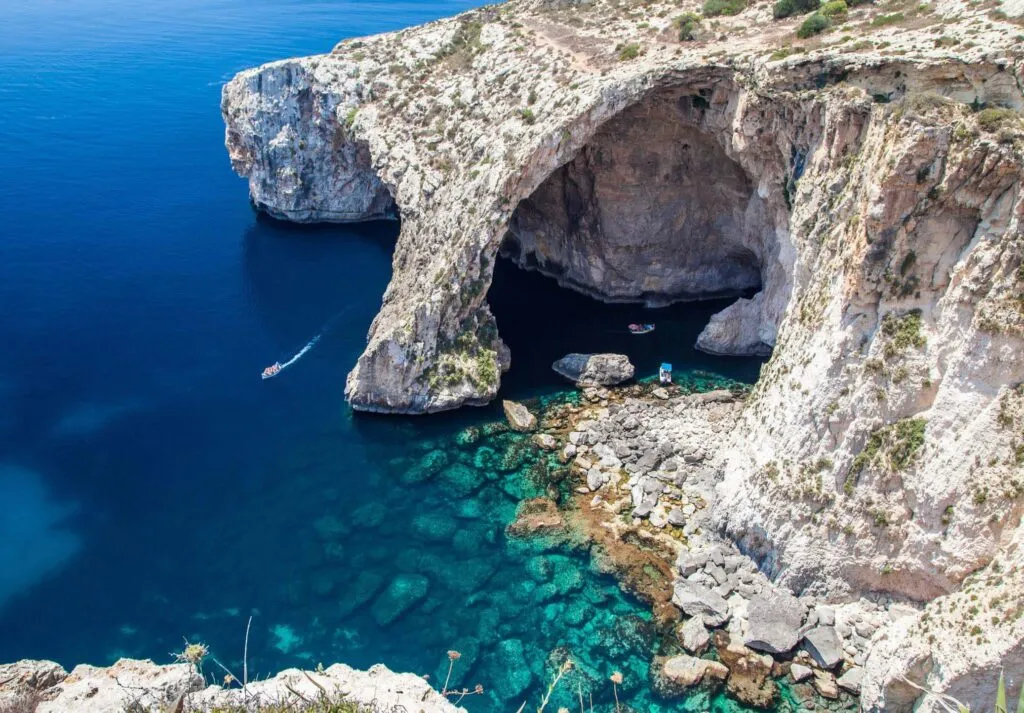
The Three Cities
Get off the tourist trail and visit the Three Cities; a collective name for the fortified cities of Birgu (Vittoriosa), Senglea (Isla) and Bormla (Cospicua). Wander the narrow and picturesque streets and absorb the local atmosphere of these three village-like cities that are located next to each other and on the opposite side of the Grand Harbour to Valletta. You’ll be rewarded with the most incredible views back over the domes and spires of the capital city.
Marsaxlokk
If you’re after a real taste of Maltese life, don’t miss Marsaxlokk on Malta’s south east. This small and historic fishing village is home to the majority of the Maltese fishing fleet, and its waterfront is dotted with brightly coloured traditional luzzu fishing boats and lined with historic buildings. These boats date back to the ancient Phoenicians, and are usually painted in blue, yellow, red and green colours with an engraved or painted pair of eyes on the front of the boat. Known as the Eye of Osiris or the Eye of Horus, they are said to protect fishermen from harm when out at sea. Marsaxlokk is a photographer’s dream, and is also a fantastic place for a seafood lunch and a potter around the popular Sunday markets, selling fresh fish and local produce such as beeswax and honey, and souvenirs.
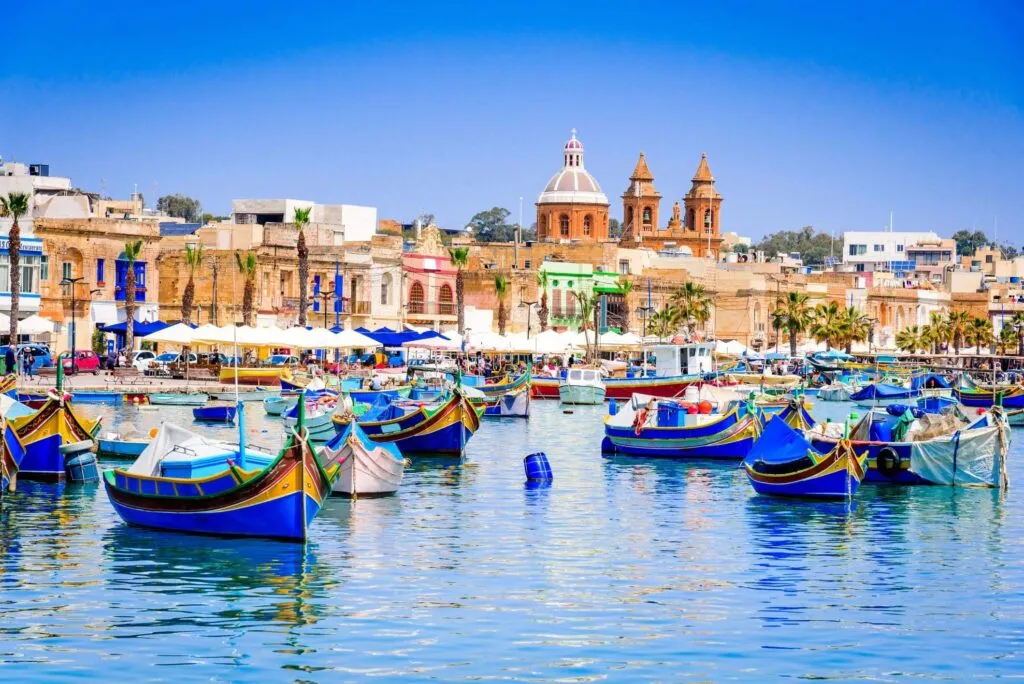
Ħal Saflieni Hypogeum
The Ħal Saflieni Hypogeum is not to be missed on a visit to Malta. This prehistoric burial site consists of a complex of underground and interconnecting rock-cut chambers that are thought to date back to 4,000 BC. First discovered in 1902 during construction work, it is estimated that 7,000 bodies were buried there. Pre-booking is essential though, as there is a limit to 10 visitors an hour for a maximum of eight hours a day to preserve the delicate microclimate of the site.
Shared shuttles from Malta International Airport to Valletta start from as little as €6 on Jayride.com, while private airport transfers start from €20, and will have you in the country’s capital in no time at all. Book your airport transfer today, and don’t miss a second of exploring this fascinating country.
